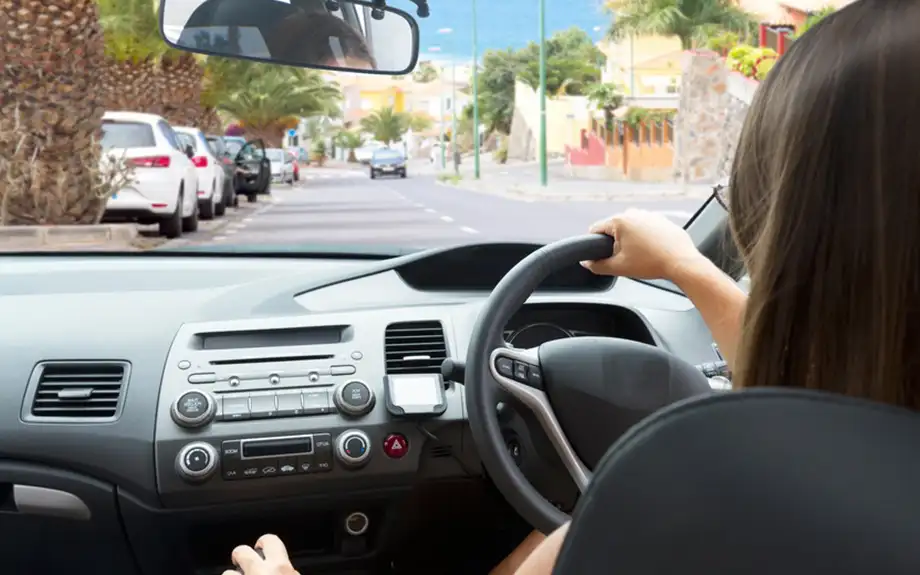Learning to Drive: Hazard Awareness
Apr 1 2022 12:58PM
Part 7 of the Learning to Drive series. Hazard Awareness is exactly what it says on tin, being aware of potential hazards. It's best practiced through experience, so after reading this make sure to put what you learn into practice.
Learning To Drive: Spotting Hazards
Hazards are everywhere, to pass your driving test you have to remain Vigilant and even Pre-empt hazards before they arise. Being able to spot a hazard before it appears will make the lesson run a lot smoother. It will also show your instructor that you are safe and ready for the next step. Ways To be Pre-Emptive
- Look ahead - and be wary of what's further down the road, not just what's immediately in front of you.
- Reduce your speed - if you notice something that may become hazardous (Pedestrians playing in the street, a cyclist on the pavement, somebody walking their pet, somebody getting into their car).
- Use reflections or a passenger's view - to see an angle you are currently blinded from. You can use the reflections off a car, window or mirror to get a better view. Alternatively, if you have a passenger, ask them to look.
- Use your mirrors - to tell what traffic is like behind you. Are they looking to overtake? Are they far back? Are they tailgating?
- Brake lights - can warn you when the car in front is slowing down. Be prepared to slow down and even stop when you see these lights appear.
Common Hazard Areas
- Built up areas - have lots of alleyways, parked cars and tight pavements for people to emerge from.
- Schools - will have lots of small, hard to spot, children wondering near the roadside. Their over zealous attitude may lead them to run into the road.
- Tight roads - will likely have parked cars on them. They may be close to your vehicle as you drive along. A slower speed is always advised with less space. Additionally, keep an eye out for people pulling out of driveways.
- Motorways / Dual Carriageways - will have cars travelling at high speeds. Because of this, your reactions need to be even earlier. This is because braking / reacting at a high speed takes longer. Therefore, you need more time to react to the hazard.
- Blind junctions - are junctions where your field of vision is blocked and you can't see traffic coming both either direction. Always stop at these junctions and slowly emerge (See Lesson 4 'Emerging From Junctions' for more information).
- Cycle lanes - run parallel to the road. Be careful when moving off, next to a cycle lane, as a cyclist may try to pass you. Although cyclists should give vehicles enough room, in an effort to protect themselves, they may not. Always remember to perform your six point check when moving off, it could end up saving a life!
Following Distances The Highway code suggests a Two Second Gap between you and the car in front. With this in mind, InsureLearnerDriver advises the following car lengths for the following speeds... 1/2 a car length 0-10 mph 1 car length 10 -20 mph 2 car lengths 20 - 30 mph 3 car lengths 30 - 40 mph 4 car lengths 40 - 60 mph 5 car lengths 60 - 70 mph Road Conditions Where there are Road Works, there may also be Temporary Traffic Lights. If you see any road work signs or temporary traffic lights, be prepared to reduce your speed. Heed the advice of road warnings! These signs are put up to warn drivers of road hazards ahead and advise caution. Failure to heed these warnings may lead to you having an accident Words Of Wisdom For Passing Your 'Hazard Perception Test' .
< Read Part 6 - Making Progress
Read Part 8 - Pedestrian Crossings >
'Learning to Drive' series - full lesson list
- Cockpit Drill
- Moving Off & Pulling Over
- Approaching Junctions
- Emerging at Junctions
- Meeting Traffic
- Making Progress

